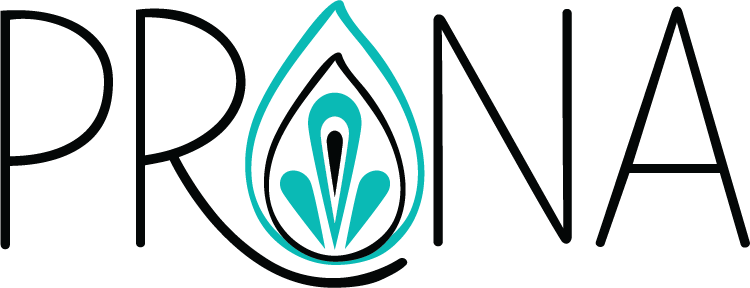“Cue” The Technique - Exploring the Egyptian 1/2 Turn
This post was originally from June 2019 on my previous website…..
In American Tribal Style® Belly Dance, we use a system of cues to communicate to our fellow dancers what's going to happen next. For instance, a bigger twist on count one of the Basic Egyptian means we are going to 1/2 turn the move.
We don't often get too detailed into the cues of our ATS® vocabulary. Sure, we know what they are and what they communicate, but sometimes I see technique get lost in many of our cues.
The students in my current online series, Brush Up On Basics, are amazing with how open they are to identifying the bad habits we form over time and seem to love the details I've provided that we often don't get to cover in level one. While I was making a little video for the group based on some questions, I decided this is probably something a lot more people would like to review, so here goes...
Today I want to look at the Egyptian 1/2 turn cue in more detail.
The simplest explanation is that to cue the half turn, just make the right side of your Egyptian (count one of the step) bigger and this indicates we will 1/2 turn between count 3 and 4. Making the right side bigger includes pulling the right arm back to showcase the right hip. For as long as I've been dancing, I've seen dancers cut off this part off of the movement while they are cueing. Instead, they keep their arm by their ear during the cue, but this blocks their face from the audience. See the image below for an example
Do we ever block our face in ATS®? No way. So why is this happening?
Well, aside from someone just not knowing any better, I have a theory as to why this happens, and yes.... it includes anatomy!
The way I see it, the Egyptian is a big, beautiful, spiraling rotation that starts in the hips and continues all the way up to the arm and out the finger tips. We need to maintain this spiral throughout the cue as well.
In order to do this, when the right hip twists more towards our dance box, then your right arm has to pull back a little more to compensate. Otherwise you are just turning our whole body into our dance angle and we lose the upper body spiral. Extra engagement in the arm ensures we maintain the beautiful spiral and opposition that makes the Egyptian so beautiful.
The arms of the Egyptian are definitely strong and engaged. They rely on a variety of contracting muscles in your back (middle Trapezious, Rhomboids, Latissimus and more), your internal and external obliques AND the flexibility of your anterior torso muscles (Pectoralis major for example). The bigger the movement, the more strength and flexibility is needed. This is where cross training comes into play.
So check in with your Egyptian 1/2 cue. Filming yourself can be very helpful. If you find you are guilty of the face block then work on getting the arm back with proper form and keeping the integrity of the move. If you are rocking the Egyptian spiral then just keep rocking it and be sure to check in with your technique from time to time. Remember, your technique is still applicable in cues!
Also, check out the slow motion half turn cue video below! It really shows the extra twist!

